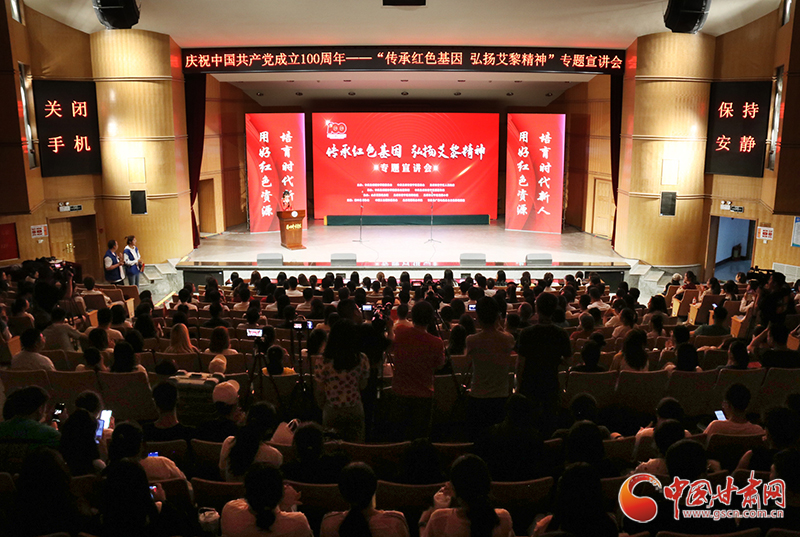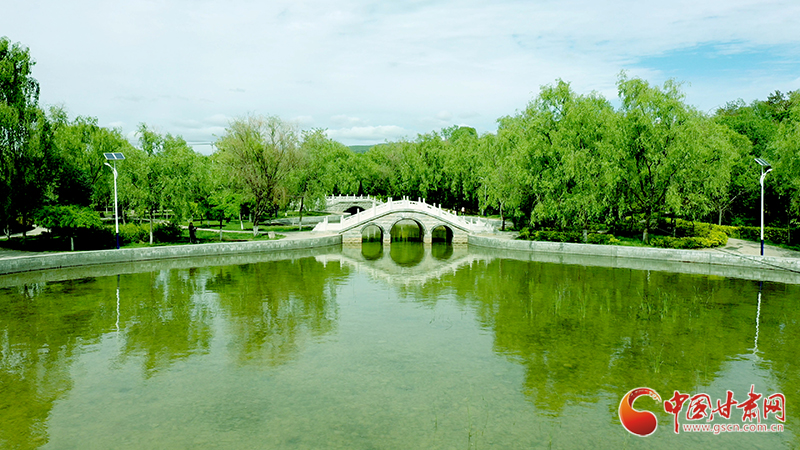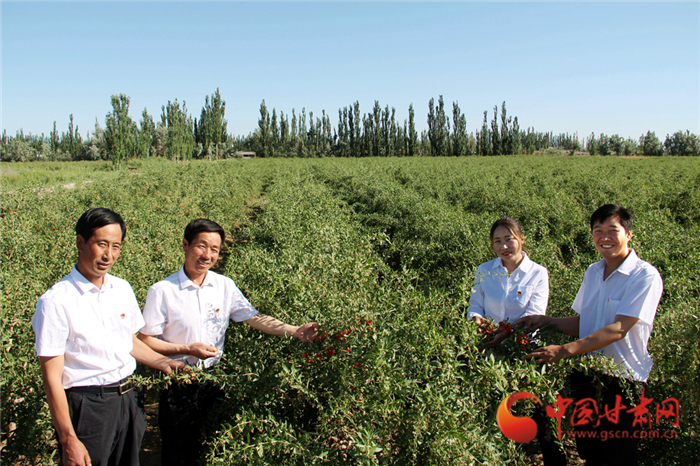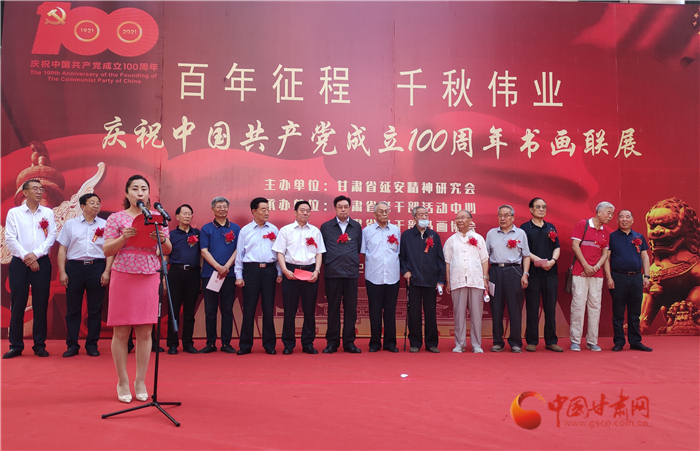COVID-19 origin tracing timeline: Studies show earlier emergence worldwide
To determine the origin of COVID-19 is thought critical to preventing future resurgence of the virus and developing efficient treatments for the disease. Since the outbreak of the pandemic, intensive efforts have been made by scientists to trace the causative agent, SARS-CoV-2, and investigate its transmission, pathogenesis, and therapeutics.
Following its release of the WHO-China joint report finding a lab-leak of the SARS-CoV-2 "extremely unlikely," the WHO’s call for further retrospective and systematic research around earlier cases and possible hosts has intensified global collaboration in origin tracing.
As studies go deep, a growing body of evidence suggests the novel coronavirus was spreading globally months before the outbreak in China. A study published in the journal Clinical Infectious Diseases on June 15, 2021 showed evidence of coronavirus infections in five American states as early as December 2019 -- weeks before the first officially reported cases. The findings in America are the latest among studies worldwide that date the emergence and circulation of COVID-19 earlier than was recorded and reshape the COVID-19 timeline of many countries.

A study published by a research team from the University of Barcelona on June 26, 2020 showed the presence of the virus genome in a sewage sample collected on March 12, 2019. The team had been testing waste water samples taken between January 2018 and December 2019 in the Spain city Barcelonato identify potential new outbreaks. The levels of SARS-CoV-2 were low but were positive, implying the disease may have appeared nine months in Spain before the first cases were officially identified in Wuhan, China in early December 2019.
A study published by the Italian scientific magazine Tumori Journal in November 2020 showed SARS-CoV-2 RBD-specific antibodies were detected in 111 of 959 (11.6%) volunteers enrolled in a lung cancer screening trial between September 2019 and March 2020. A further SARS-CoV-2 antibodies test carried out by the University of Siena showed that four cases dating back to the first week of October were positive for antibodies, meaning they had got infected in the previous month and the coronavirus had been circulating in Italy in September 2019.
According to a study published by the British Journal of Dermatology on January 7, 2021, a research team from the University of Milan detected the SARS-CoV-2 virus in skin cells from a 25-year-old woman who had a biopsy for an unusual skin condition on November 10, 2019 in Italy. The finding traced the appearance of "patient zero" in Italy back to November 2019.
Another research team from the University of Milan reported in the Emerging Infectious Diseases journal that they identified SARS-CoV-2 RNA in an oropharyngeal swab specimen collected from a 4-year-old boy with suspected measles in early December 2019. As COVID-19 symptoms can appear as late as 14 days after infection, the coronavirus may have been circulating in Italy as early as the end of November 2019.
The Federal University of Santa Catarina in Brazil reported on July 2, 2020 that it found particles of SARS-CoV-2 in two samples of sewage collected in Florianopolis, the country’s second largest city, on November 27, 2019. An author of the study added that people might have been infected with the novel coronavirus a few weeks before they collected the waste water samples. The presence of the virus is about three months earlier than the first officially confirmed case in Brazil on February 26, 2020.
The health department of the state of Espirito Santo, Brazil, announced on January 1, 2021 that the presence of IgG antibodies, specific for SARS-CoV-2 virus, was detected in serum samples from December 2019. The health department stated that it takes about 20 days for a patient to reach detectable levels of IgG after infection, so it could have occurred between late November and early December 2019.
According to a study published in the journal Clinical Infectious Diseases on November 30, 2020, scientists at the Centers for Disease Control and Prevention (CDC) tested American Red Cross blood donations collected between December 13, 2019, and January 17, 2020, and found evidence of coronavirus antibodies in 106 out of 7,389 blood donations. These suggested that the virus was present in the United States as early as December 2019, about a month earlier than the first US case was officially confirmed in January 2020.
In another study published in the journal Clinical Infectious Diseases on June 15, 2021, researchers of the U.S. National Institutes of Health’s All of Us Research Program reported to have analyzed more than 24,000 stored blood samples contributed by program participants across all 50 states between January 2 and March 18, 2020. SARS-CoV-2 antibodies were detected in samples collected as early as January 7, 2020 from patients in Illinois, Massachusetts, Mississippi, Pennsylvania and Wisconsin, suggesting that the virus was present in the U.S. in December 2019.
An analysis released by the Italian National Institute of Health on June 18, 2020 showed the presence of the SARS-Cov-2 virus in wastewater. After looking at 40 composite influent wastewater samples collected between October 2019 and February 2020 from five wastewater treatment plants in three cities and regions in northern Italy, researchers found the earliest of positive samples date back to December 18, 2019 in Milan and Turin, suggesting COVID-19 was already circulating in northern Italy after mid-December, 2019.
A retrospective analysis of samples taken from 24 patients treated in December 2019 and January 2020 with influenza-like symptoms at the Avicenne and Jean-Verdier hospitals in France found one patient positive for COVID-19 on December 27, 2019. The report means that the virus had been present nearly a month before the first COVID-19 case was confirmed in both Europe and France on 24 January 2020.
相关新闻
- 2021-06-23福奇再驳“实验室泄漏论”:相关辩论已被政治化
- 2021-06-23缺口仍有2千万人之多 白宫承认拜登政府疫苗接种目标失败
- 2021-06-23无视疫情威胁 美国政府多种手段粉饰太平
- 2021-06-23美国前部长:美国最大的危险不是中国,应该小心自己转向法西斯!









